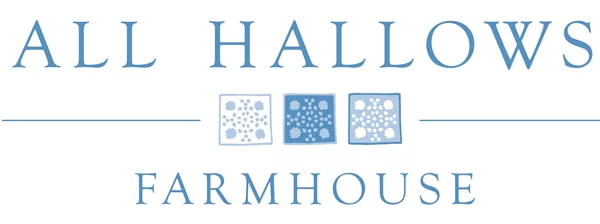As autumn approaches we are beginning to prepare edible gifts as well as replenish are depleted store cupboard.
Years ago we used to make a very light, dairy free plum and cardamom mousse to serve after rich slow-cooked recipes. This refreshing dish inspired me to partner this aromatic spice with the plums from our garden.
Each variety of plum gives an individual flavour to jam and we are so fortunate to be able to gather these Victoria plums that grow in the orchard. Depending on your variety the pectin levels will vary and if the fruit are very ripe you will need to add lemon juice to improve setting. (See notes for cooks below.)
For this recipe, to create approximately 1.5 kg of jam, you will need…
900 g plums, stoned and halved
8 tablespoons water (or less if the fruit is very ripe)
900 g granulate cane sugar
4-6 cardamom pods gently crushed in a pestle and mortar
Sterilised jam jars with new lids

Place the fruit and water (if using) into a preserving pan or heavy based stock pot.
Prepare the cardamom and tie the spice in a small piece of muslin with kitchen string. Leave a length on the string so that this can be fixed to the handle of the pan making it is easier to remove later.
Place the pan on to the AGA boiling plate or conventional hob on high, stir the pan as the plums begin to soften. Lower the heat to continue cooking and release the juices or transfer the pan to AGA simmering oven until the fruit forms a soft pulp. Remove from the AGA and transfer to the simmering plate. Remove the muslin bag.
With the pan over a low heat, add the cane sugar and stir carefully to ensure that all of the crystals are dissolved.
Place the sterilised jars in a warm oven or inside the AGA simmering oven.
Transfer the pan to the boiling plate or increase the temperature to boil the jam rapidly and reach setting point.
Allow to stand for five minutes and then using a sterilised spoon remove any scum that forms on the surface. Pour into warmed sterilised jar and seal immediately. Label when cool.

Notes for cooks
Pectin
The pectin content will be highest if you pick the fruit and preserve it within an hour from gathering. However if the fruit is very ripe you will need to add the juice of a lemon to our recipe to ensure you can reach setting point.
Test for pectin by cooking the fruit into a pulp and adding a teaspoon of the juice to a small jar of methylated spirit.
High pectin level – juice will form one jelly like clump – no need to add commercial pectin or lemon juice
Medium pectin level – the juice will form several soft clumps – add 1 tablespoon lemon juice to every 450 g cane sugar
Low pectin level – the juice will form hardly any clumps at all and just leave a cloudy trail in the spirit. If this is the case either make chutney with the fruit or add 2 tablespoons lemon juice to every 450 g cane sugar used or use jam sugar that has added pectin.
Reduced Sugar Jam
It is possible to reduce the quantity of sugar by half, but you will achieve a slightly softer set and the jam will need to be kept in the fridge instead of the larder. Consume within two weeks of making your preserve. Reduce the recipe by half to create a smaller batch too. So for the recipe above, we suggest:
450 g plums – stoned and halved
225 g cane sugar
2-4 cardamom – depending on taste
Juice of half a lemon
Finally, if you have an ample supply of fruit, we highly recommend not to ‘double’ this recipe when preserving in a domestic kitchen. This is because it is very difficult to achieve the constant high temperatures required to ensure a perfect set at home. Make a small amount of jam, using either 450 g or a maximum of 900 g and you have the opportunity to achieve a great result.

